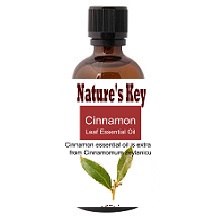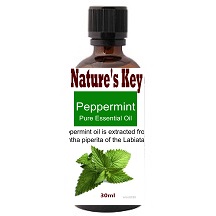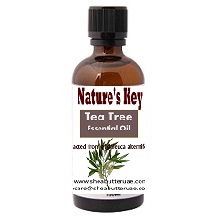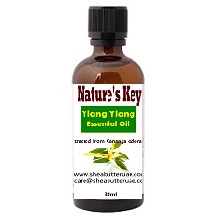Description
Cinnamon essential oil
Cinnamon essential oil is extracted from Cinnamomum zeylanicum (also known as C. verum and Laurus cinnamomum) of the Lauraceae family. It is also referred to as Ceylon, Madagascar, Seychelles or true cinnamon.
This spicy essential oil has great value in aromatherapy and it fights exhaustion and a feeling of depression and weakness. It has powerful anti-rheumatic properties, while fighting colds and flu as well.
Oil properties
Cinnamon essential oil, which we sell, has a warm, spicy musky smell and the oil’s color varies from yellow for the leaf oil and red-brown for the bark oil, The viscosity is medium to watery.
Origin
A native to Indonesia, but cultivated in Sri Lanka and India, the tree is rust-colored and can grow up to 15 meters (45feet), but is kept down to 6 feet for commercial reasons.
It has shiny, leathery green leaves and small, white flowers, with oval shaped purple berries. The bark is pale brown and papery, with thick quills that roll inside one another, and is gathered every 2 years.
The Greek word ‘Kinnamon’ means ‘tube’ or ‘pipe’. Cinnamon oil was used as a temple incense, while the Egyptians used it for foot massage, as well as a remedy for excessive bile. It was also used as an ingredient for mulled wines, love potions and as a sedative during birth. It was an important trade commodity between India, China and Egypt.
Extraction
The leaves and twigs or inner dried bark are subjected to steam distillation. The leaves yield 1.6 – 1.8 % and the bark 0.5 – 1.00 % oil. The essential oil that we sell is extracted from the leaves, as it yields a more delicate oil.
Chemical composition
The main chemical components of cinnamon essential oil, obtained from the leaves, are eugenol, eugenol acetate, cinnamic aldehyde and benzyl benzoate
Precautions
Cinnamon essential oil, that is extracted from the leaf, is non-toxic. Caution must be exercised since the cinnamaldehyde and eugenol contained in the oil could cause irritation, especially to the mucus membranes, so this oil should be used with care. Due to the emmenagogue action of the oil, it should be avoided in pregnancy.
High dosages can cause convulsions. The leaf oil should be avoided during pregnancy, while the essential oil extracted from cinnamon bark should be avoided in total, as it is considered to be a dermal toxin, irritant and sensitizer.
Therapeutic properties
The therapeutic properties of cinnamon essential oil are analgesic, antiseptic, antibiotic, antispasmodic, aphrodisiac, astringent, cardiac, carminative, emmenagogue, insecticide, stimulant, stomachic, tonic and vermifuge.
Uses
Cinnamon essential oil can be used for infection of the respiratory tract, rheumatism, arthritis and general pains. It calms an exhausted feeling of depression, tones the whole body and stimulates the glandular system, thus easing period pains.





Mayann (verified owner) –
Great oil to use in my defuser
Upvote if this was helpful (0) Downvote if this was not helpful (0) Watch Unwatch Flag for removal